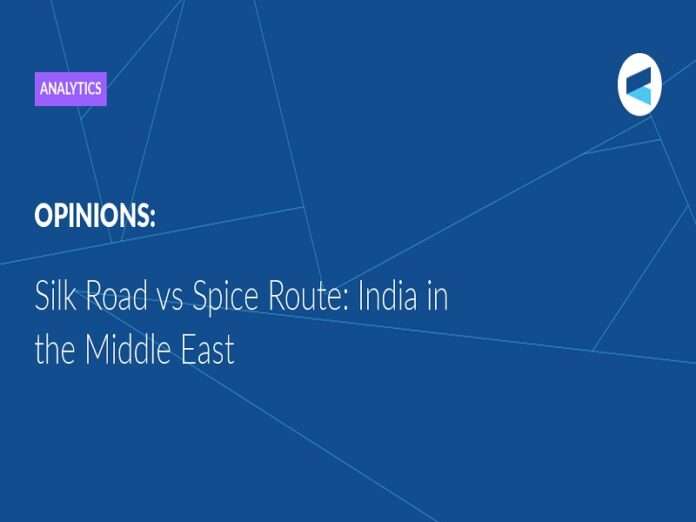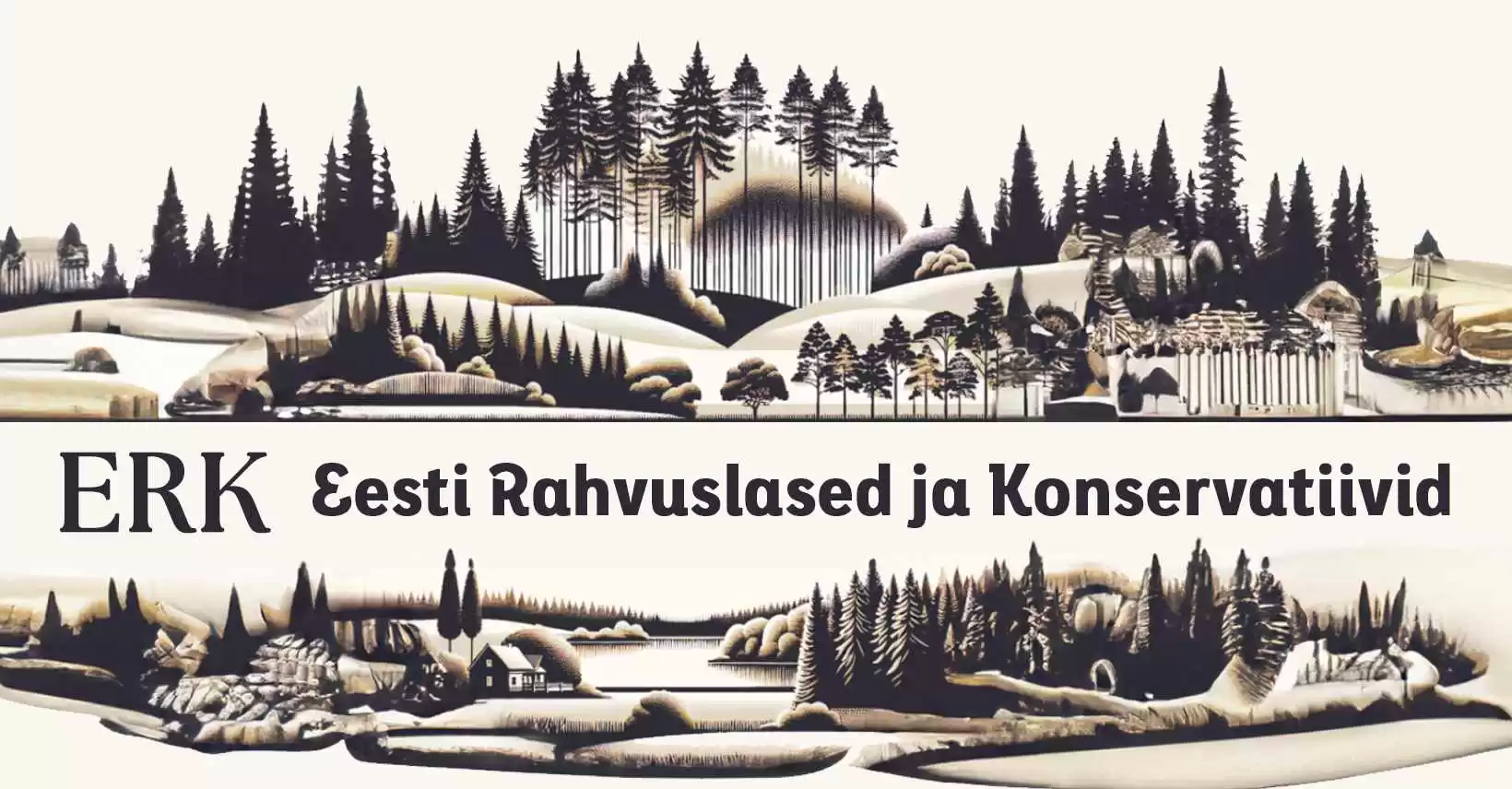The Valdai Club published an analysis last week titled “Silk Road vs Spice Route: India in the Middle East”, which coincided with this think tank’s first Russia-India conference. The author is Ruslan Mamedov, PhD., who attended the event and is esteemed for being the Scientific Advisor of The Evgeny Primakov Center for International Cooperation and a Senior Research Fellow at Center for Arab and Islamic Studies at the Russian Academy of Sciences’ Institute of Oriental Studies. He also attended the event in New Delhi.
Mamedov’s analysis presented last September’s India-Middle East-Europe Economic Corridor (IMEC) as the centerpiece of India’s West Asian policy and lamented that the latest Israeli-Hamas war derailed meaningful progress on it up until this point. He also assessed that “It is obvious that the Middle Eastern leaders do not consider India either as a potential counterweight to Washington or as a replacement for it; China is better suited for this role.”
Mamedov then ended on a skeptical note by writing that “Middle Eastern leaders are ready to develop their economic ties with India, but in spite of its size, India will not take the place of the United States, Russia, China or the EU. But is it worth it?” The takeaway from this respected Arabist’s analysis is that India doesn’t have much a strategic appeal to West Asian countries, with the innuendo being that it doesn’t have much hope of becoming a major player there even if IMEC were to get back on track.
With all due respect to Mamedov, there’s more to India’s West Asian policy than IMEC, which the present piece will briefly explain. To begin with, India’s North-South Transport Corridor (NSTC) with Iran and Russia – which also branches into Afghanistan and the Central Asian Republics – is the physical centerpiece of its policy towards this part of the world, not IMEC. Although Iran isn’t an Arab country, it’s still considered part of West Asia, thus making the NSTC a regional megaproject.
Secondly, the UAE arguably appears to be India’s top Arab partner as evidenced by Prime Minister Narendra Modi’s close bonhomie with Emirati President Mohamed bin Zayed Al Nahyan, who he described as his “brother” when welcoming him to last week’s Vibrant Gujarat Global Summit. The UAE is considered to have diversified its economy from disproportionate dependence on energy exports much more successfully than neighboring Saudi Arabia and it has a more globally ambitious vision too.
Accordingly, while IMEC and other Indian investments in Saudi Arabia’s Vision 2030 socio-economic development program are still important, comprehensively expanding relations with the UAE takes precedence for Delhi. Its policymakers believe that this country’s tech successes, close ties with India’s Russian and Israeli partners, and its transregional influence in the Horn of Africa make it more attractive. No other country in West Asia has the strategic profile that the UAE does, hence India’s interest in it.
And finally, India’s West Asian policy aims to present the country as a neutral and reliable third-party balancing force for relieving the perceived zero-sum dilemma in the region to choose between China and the US. As explained in this analysis here about the tri-multipolarity concept, India conceives of itself as the de facto leader of the Global South, which is considered to be the third pole in the global systemic transition to multipolarity alongside the US-led West’s Golden Billion and the Sino–Russo Entente.
There’s enormous pressure upon all countries to choose between those last two groups, which explains the need to present a viable alternative whenever this becomes unbearable, ergo the role that India envisages playing as a reliable partner to this end. The US doesn’t object since it regards India as a counterweight to China, Russia appreciates India as one of its most important global partners, and China respects India as a fellow BRICS member despite their growing number of differences.
Israel, Saudi Arabia, and the UAE, the last two of which just joined BRICS, are keenly aware of these calculations and that’s why they agreed to work together with India on IMEC since they correctly predicted that none of those three major countries would complain or consider it a zero-sum choice. While Mamedov has the right to describe IMEC as “New Delhi’s indirect response to Beijing’s [BRI]”, the case was just made for why none of the participants, China, or Russia sees it that way.
The relevance in pointing this out is to reaffirm the final point about India’s West Asian policy being intended to relieve pressure upon regional states to choose between those two de facto New Cold War blocs, which aligns with the tri-multipolarity concept upon which its policy is unofficially formulated. This insight enables one to better understand what’s driving this globally significant Great Power’s engagement with that part of the world as well as why those countries are so receptive to it nowadays.
Circling back to Mamedov’s article, it might be that his particular expertise in Arab and Islamic studies is concentrated more on the Levant, North Africa, and/or Turkiye than on Iran and/or the Gulf, the latter regions of which are India’s priority focus. That would explain why he made no mention of the NSTC despite its geostrategic significance for Russia in his article about “India in the Middle East” while exaggerating the importance of IMEC due to an absence of knowledge about each parties’ intentions.
His skeptical conclusion hinting that ties with India don’t have much importance for the region since that country can’t serve as a counterweight to the US or replace it like China can could be attributable to him possibly being very passionate about the New Cold War. Mamedov might therefore at times subconsciously analyze events through a zero-sum paradigm that impedes his ability to appreciate India’s envisaged role as a neutral and reliable third-party balancing force in West Asia and elsewhere.
As was argued throughout this piece, there’s more to India’s West Asian policy than IMEC, which fellow analysts would do well to recognize in order to more accurately assess its engagement with these states. Nobody is perfect and every expert has their shortcomings since nobody is expected to know everything. Mamedov’s analysis was interesting and written with the best intentions, but it’s incomplete, so hopefully his new Indian colleagues will help him fill in the gaps in order to perfect his follow-up analysis.








